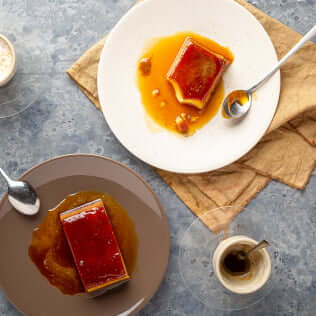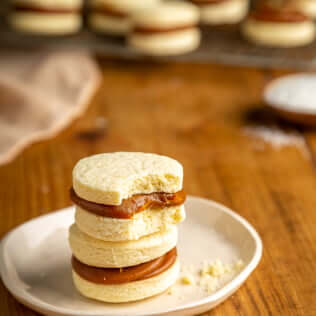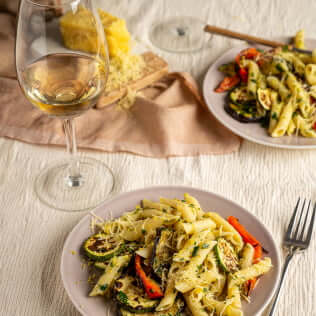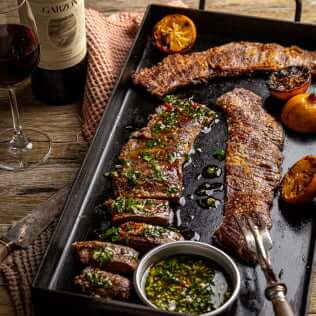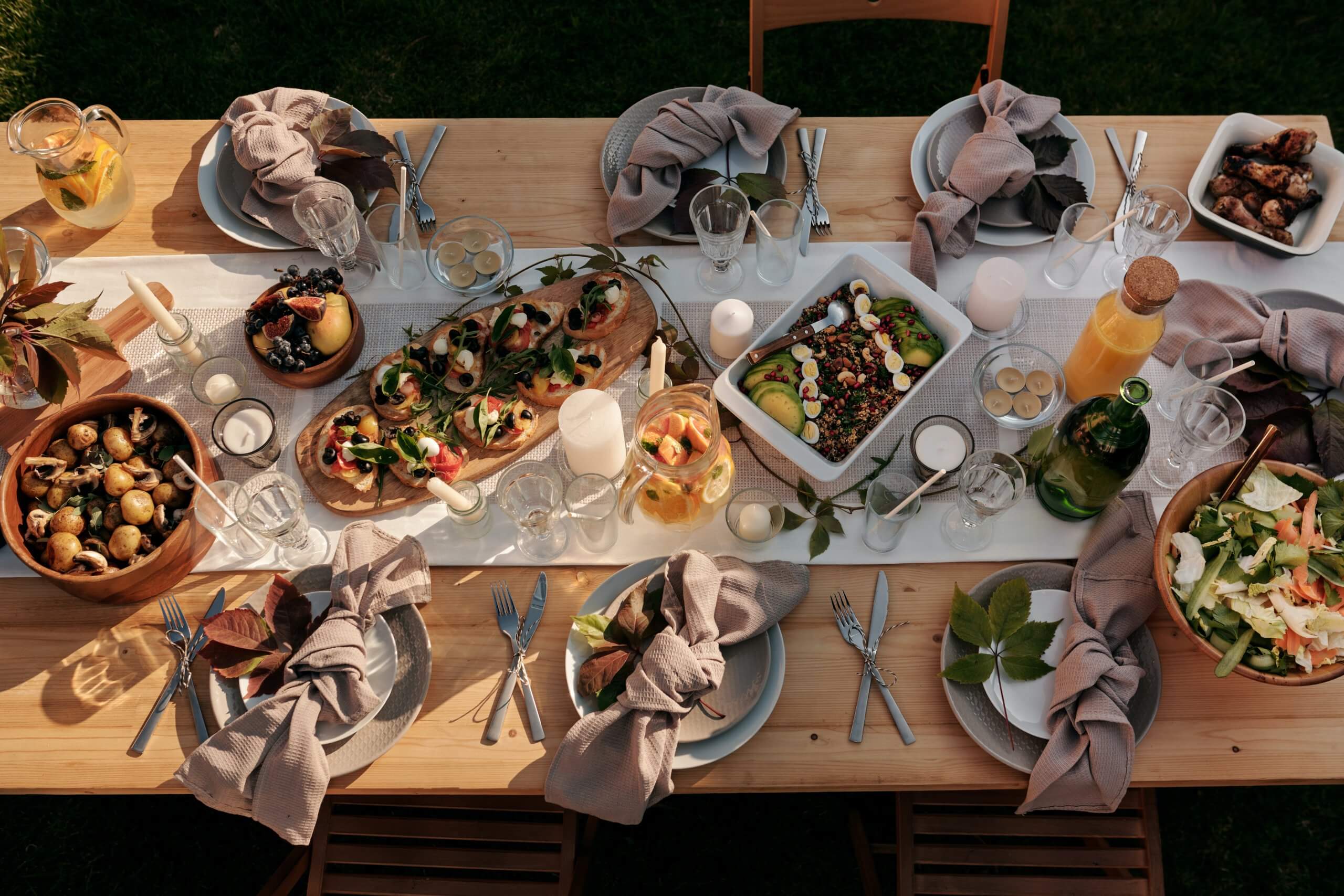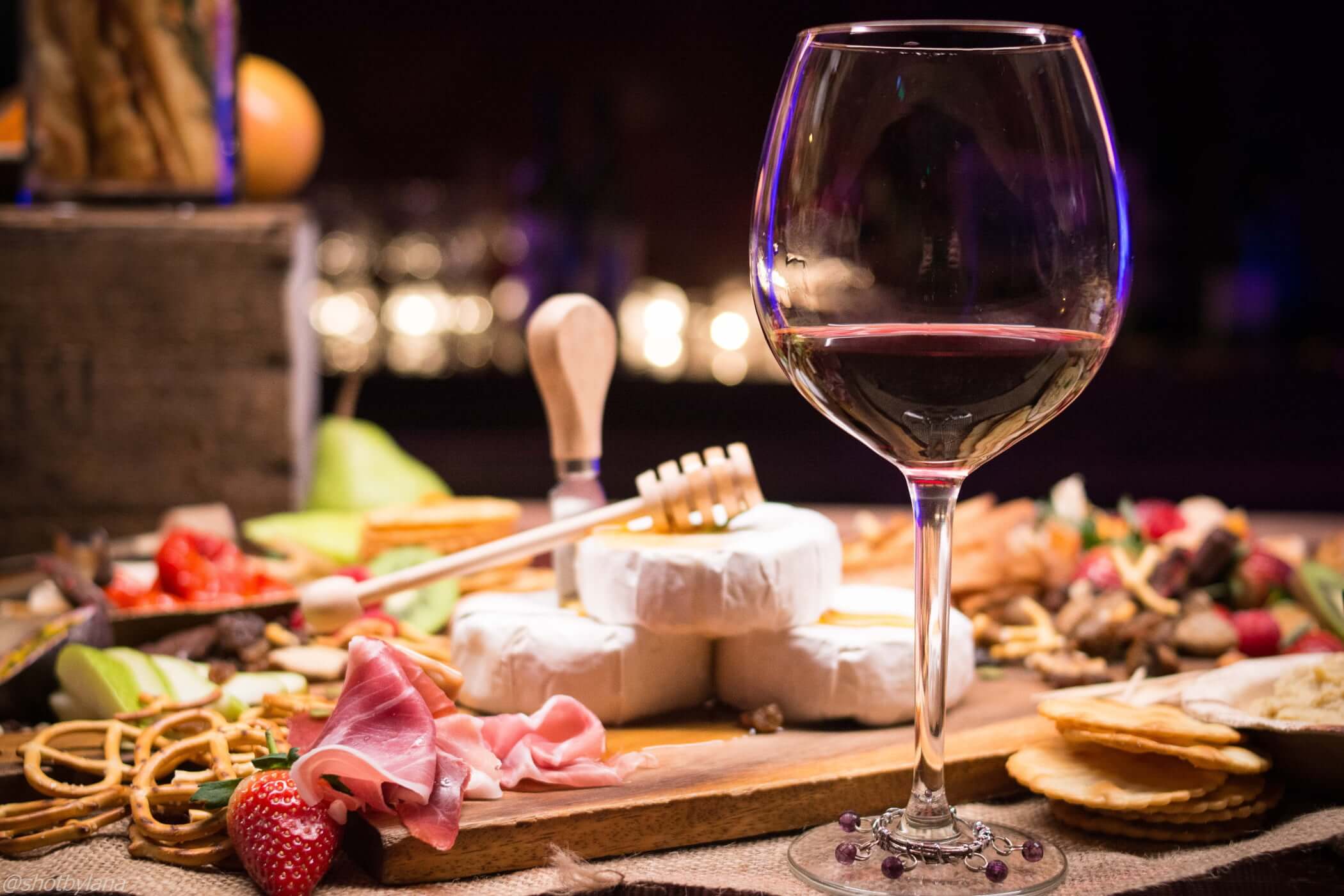You’ve seen them before, right? Wine glasses. Large and small, wide and thin, there are dozens of different styles in the market, and for a good reason. There are as many glasses in the world as types of wine, and those are a lot.
We won’t lie, a few good, versatile glasses for wine are all you need to enjoy most wines, but it is pretty cool to know there’s much more out there. Here’s all you need to know about wine glasses, and how to use them like a sommelier.
How Much Wine Should You Serve In A Wine Glass?
Wine glasses might look small, and they’re certainly fragile, but don’t be fooled, a typical glass for wine can hold 14 ounces (415 ml), and the really big ones, the ones snobby sommeliers use can hold 25 ounces, meaning a whole bottle of wine.
Just because glasses for wines have a large capacity, doesn’t mean you should fill them to the rim. Actually, a proper 5-ounce pour is more than enough to enjoy any wine, that’s 5 pours per bottle.
If you really want to do it right, pour less than that, and refill your glasses as needed, that way your wine will always be at the right temperature.
Do Wine Glasses Make The Wine Taste Different?

The answer is yes and no. Does food taste better when you eat it with silverware over a porcelain plate versus a Styrofoam take-out container and disposable cutlery? It kinda does.
A proper stemmed glass, especially if it’s shiny and thin makes you enjoy wine more for sure, but there’s more. The larger the glass, the more the wine’s surface is in contact with oxygen, which releases pleasant aromas.
Stirling wine is important, too, because wine opens up and becomes more expressive. Large glasses with wide shaped bowls make it easier for you to swirl away.
What Are The Types Of Wine Glasses?

For wine glasses, there are many shapes, but just a few types. Despite the name, the most popular wine glasses are not made of glass but crystal.
‘Glass’ wine glasses do exist, but they’re awful. You’ve seen them before; people serve gin and tonics or shrimp cocktail in them. They’re thick, sturdy, and not very attractive.
Crystal glasses are thinner, yet resistant, and the best ones are mouth-blown by artisans. Crystal is composed of minerals, including lead, which caused a bit of discomfort with the public — you’ll be happy to know most crystal glasses are lead-free today.
FUN FACT: Do you know how many calories add a glass of wine to your diet? Having established that five ounces are the proper pour, we can safely say a glass of dry wine contains about 120 to 130 calories. Sweet wines and wines with high alcohol levels could, of course, add a few more calories than that, so watch out!
What Is The Correct Wine For Each Glass?
Finally, there are the wine glasses’ shapes, and here’s where it gets interesting. Here are the most common shapes of wine glasses and how to use them.
- Glasses for Light-bodied white wine - Small, delicate and slim, these glasses are easy to handle, and their small size is designed to enjoy small pours that stay at the right temperature, for fresh, crisp wines that are not overly aromatic. Use with: Pinot Grigio, Sauvignon Blanc, Albariño, Un-oaked Chardonnay.
- Glasses for Full-bodied white wine - A large, wide bowl characterizes this style, and it’s designed to enjoy full-bodied white wines like oak-aged Chardonnay. The large bowl concentrates wine’s aromas. Use with: Oak-aged Chardonnay.
- Glasses for Standard red wine - Larger than light-bodied white wine glasses but still manageable and with a similar shape. These are common in restaurants, and if you have to choose one style for your home, these are great. They’re a bit small once you start playing with the big guns. Use with: young red wines, Merlot, Malbec, entry-level mono-varietal wines.
- Glasses for Bordeaux-style red wine - This towering, chimney shaped glasses are much larger than standard glass and are designed to enjoy intense and structured red wines like Cabernet Sauvignon and friends. Use with: Aged Cabernet Sauvignon, Bordeaux blends, Tannat, Rhone Syrah, Aged wine.
- Glasses for Burgundy-style red wine - These balloon-shaped wine glasses are rather large, and they’re designed to capture the subtle, but enticingly complex aromas of Pinot Noir. Use with: Beaujolais, Pinot Noir, Red Burgundy, Grenache.
- Glasses for Specialty wine- Tall and thin flute wine glasses are designed to enjoy bubbly sparkling wines. And petit-sized wine glasses are ideal for sweet dessert wines. Use with: Sparkling wines, dessert wine.
How To Hold A Wine Glass
Finally, despite the glass you choose, you must hold it right.
Never hold a glass from the bowl unless it’s stemless. Your fingers leave all sorts of oily fingerprints, and your body warmth elevates the wine’s temperature, and that’s not nice.
Hold your glass by the stem, or by the base if you feel it slip. You’ll not only enjoy wine more; you’ll look like you know what you’re doing.

Now that you know some more about glasses for wines, why not put together a wine dinner party? Share this cool information with your friends and family on your preferred social network and comment below! What are your favorite wine glasses? We’d love to know!
















 6
6



